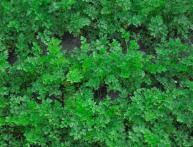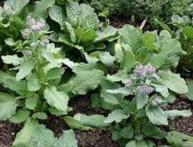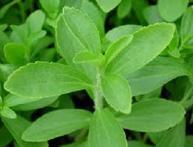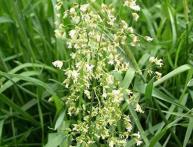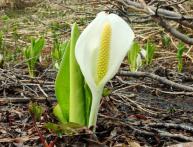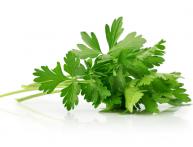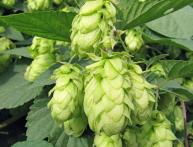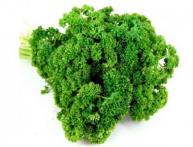Cortaderia silver in your flower garden
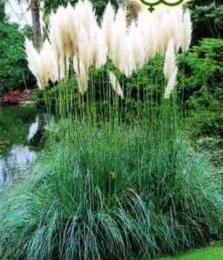
Cortaderia silver, belonging to the bluegrass family, has about 23 species. The plant gets its name from the Spanish word to cut (cortar) for the sharpness of its leaf edges.
Cortaderia silver is an ornamental cereal perennial that reaches three meters in height under good living conditions. The long lanceolate leaves of Cortaderia, in contrast to the thin straight peduncles bearing lush panicles of inflorescences, curve elegantly, giving the plant sophistication. The fluffy inflorescences of cortaderia are not afraid of cold and snow, so they literally decorate the garden plot until the new season.
In garden culture, they use silver cortaderia, which grows in the pampas (steppes) of South America, which is why it received the name “pampas grass.”
Over time, cortaderia silver grows into dense plantations, which look very impressive. The main decoration of the cortaderia is the lush spike-shaped inflorescences on slender peduncles.
Cortaderia is silvery, like its relatives, drought-resistant, does not require watering even in the most severe drought. The plant is indifferent to diseases and garden pests. Cortaderia grows well in fertile loamy or permeable clay soils of any acidity. The main condition for lush flowering is a large amount of sun.
Reproduces pampas grass by dividing the bush, which is done at the end of winter (possibly in early spring). It can also be propagated by seeds; they have high germination rates.
Regular pruning is an important part of care, although the dangerous sharp leaves and height can pose some challenges. Old yellowed leaves clogging the center of the curtain must be removed periodically.

